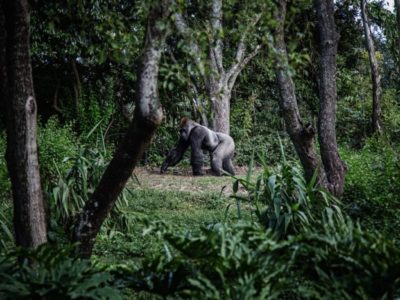Ecotourism is a branch of tourism that consists of travelers making responsible trips to natural areas to experience nature. It offers local governments and society economic incentives to conserve biodiversity and protect cultural heritage sites. For example, UNEP reports that in 2017 Rwanda’s parks, renowned for their beauty and great apes, had 94,000 visitors, generating $18.7 million in revenue.
However, while ecotourism can bring revenue to local communities and support conservation, those results depend on careful management. Unless best practices are implemented, tourism may lead to new infrastructure and crowds that put pressure on local resources and increase pollution and ecological damage.
And so, The Global Sustainable Tourism Council (GSTC) established and manages global sustainable travel and tourism standards. The GSTC is committed to ensuring that sustainable tourism best practices are adopted and implemented by the industry and the traveling public.
While the recent health and travel restrictions related to COVID disrupted travel and tourism, eco-travelers and the industry had an opportunity to think about the future. One concept that emerged is regenerative tourism – which may be considered a step up from ecotourism. The idea of regenerative tourism is not to merely prevent or slow degradation but to restore and regenerate capacity.
The nonprofit organization Adventure Scientists is an example of regenerative tourism. Gregg Treinish, the founder, explained his thinking, “I started to feel extremely selfish, like going to these places for my own benefit without thinking about the local people that were there, without thinking about the environment I was traveling through and how to do something positive for those areas.” So the organization he founded equips scientific research partners with crucial data about environmental and human health challenges collected from outdoor travelers. For example, the company has collected data on illegal deforestation, wildlife connectivity, conserving biodiversity pollinators, microplastics, and a long list of other projects.








